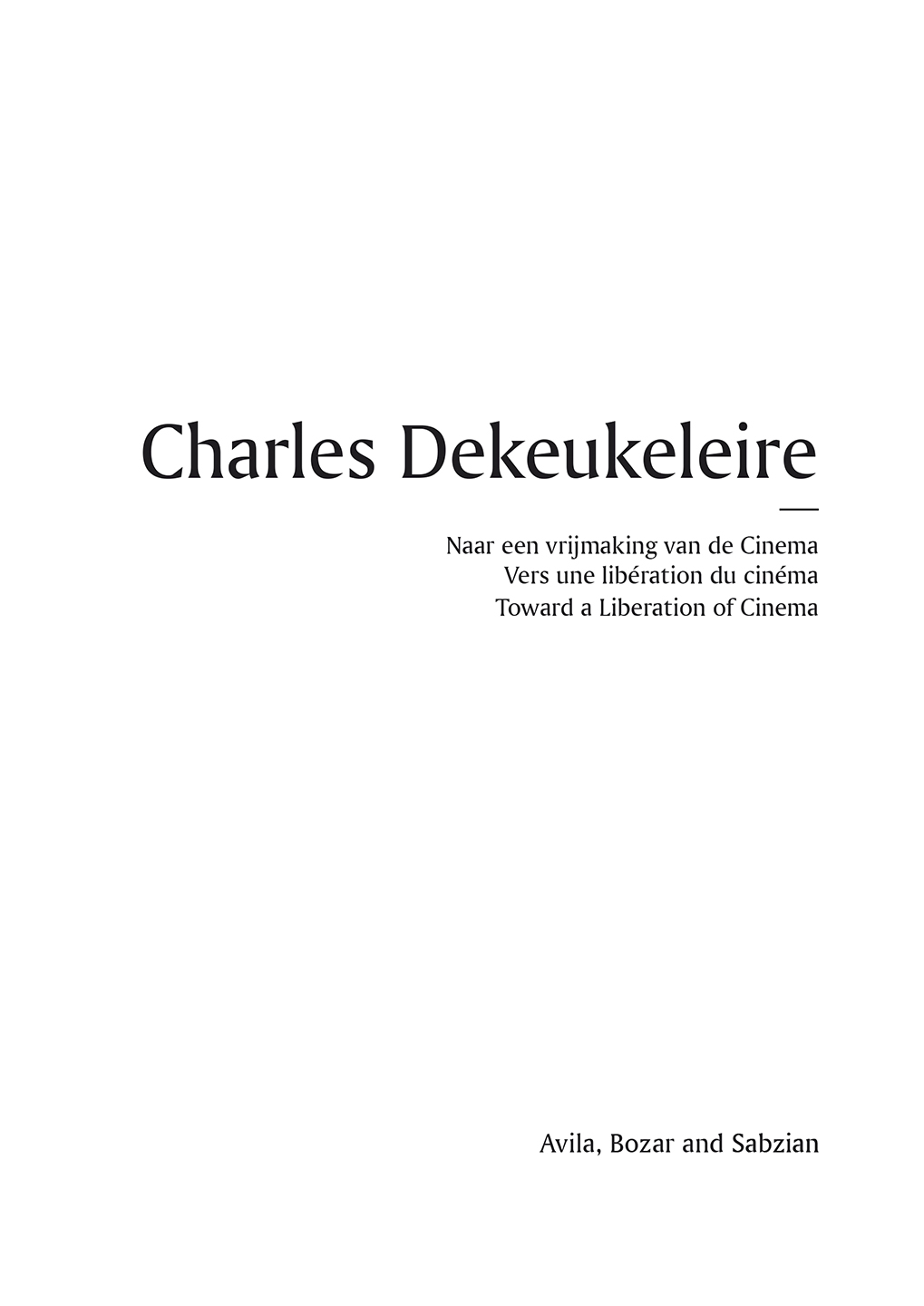Charles Dekeukeleire. Toward a Liberation of Cinema

On 26 February 2024, Bozar, Avila and Sabzian presented a unique cinema concert. Pianist Seppe Gebruers accompanied Charles Dekeukeleire’s avant-garde masterpiece Histoire de détective (1929) live on two grand pianos.
Charles Dekeukeleire (1905-1971) was a pioneer of Belgian cinema. He produced both documentaries and experimental films which defied the language of a young cinematic genre. His third film, Histoire de détective (1929), was influenced by various European avant-garde movements and drew inspiration from the well-known detective genre. The flaring up of marital jealousy between the members of a newlywed couple serves as the starting point for a story taking surprising twists and turns in Dekeukeleire’s hands. Using inter-titles, the spectator’s expectations are constantly adjusted and evoke the absurd. Through this repetition of images, the film’s parallel timelines begin to merge.
Seppe Gebruers is a Belgian musician who performs both solo and in bands, ranging from jazz to contemporary classical music. For the past seven years, he has explored the microtonality produced by the manipulation of the standardised tone pattern of a piano. Gebruers provides backing to Histoire de détective by playing on two grand pianos simultaneously, one tuned a quarter tone lower than the other. The performance thereby questions the dogma of harmonic consonance, just as director Dekeukeleire rejected linear narrative forms. The music interacts with the film’s playful absurdity and unexpected rhythms.
On the occasion of this special cinema concert, Sabzian presented the text ‘Toward a Liberation of Cinema,’ written by Dekeukeleire in 1932, in a small booklet. The text serves as a manifesto for Dekeukeleire’s critique of the emerging film industry. He equally opposes the commercial exploitation of sound film, in his view no more than a technical gadget, a gimmick corrupting the purity of cinematic language. Histoire de détective is an illustration of the worldview in question; it is a film in which direct sound is unthinkable. Instead, the film is an ode to the freely moving camera eye, which traverses time and space to capture reality as pure form. Viewers are offered images of Brussels as a city, nature scenes, and staged situations that continue to vibrate, tilt and flip. The choreography of the camera itself is at least as important as the events taking place in front of the lens.
Nina de Vroome, 2024
Naar een vrijmaking van de Cinema
Charles Dekeukeleire | 1932
Charles Dekeukeleire | 1932
Charles Dekeukeleire | 1932
Translations
Inge Coolsaet, Trevor Perri
Translations introduction
Anton Jäger, Margaux Dauby
Graphic design
Renaldo Candreva, Dhiaa Biya
This publication is a collaboration between Avila, Sabzian and Bozar in the framework of the exhibition Histoire de ne pas rire. Surrealism in Belgium.
With thanks to DW B.

